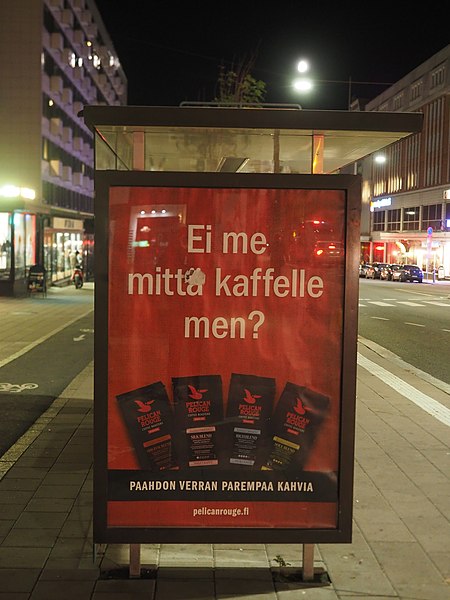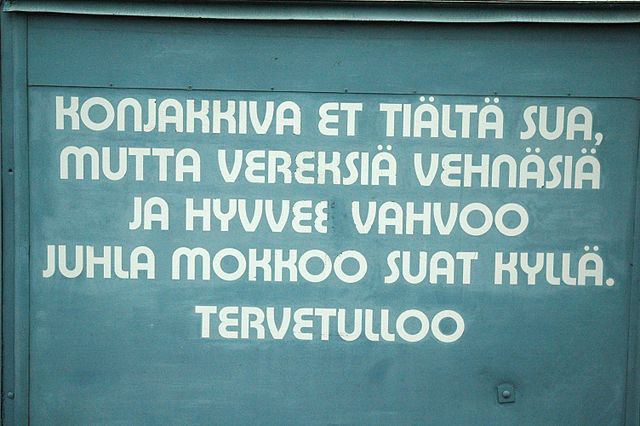The Unknown Soldier (novel)
The Unknown Soldier or Unknown Soldiers is a war novel by Finnish author Väinö Linna, considered his magnum opus. Published in 1954, The Unknown Soldier chronicles the Continuation War between Finland and the Soviet Union during 1941–1944 from the viewpoint of ordinary Finnish soldiers. In 2000, the manuscript version of the novel was published with the title Sotaromaani and in 2015, the latest English translation as Unknown Soldiers. A fictional account based closely on Linna's own experiences during the war, the novel presented a more realistic outlook on the formerly romanticized image of a noble and obedient Finnish soldier. Linna gave his characters independent and critical thoughts, and presented them with human feelings, such as fear and rebellion.
First edition
The first United Kingdom edition of The Unknown Soldier by Collins in 1957.
Finnish is a Uralic language of the Finnic branch, spoken by the majority of the population in Finland and by ethnic Finns outside of Finland. Finnish is one of the two official languages of Finland. In Sweden, both Finnish and Meänkieli are official minority languages. The Kven language, which like Meänkieli is mutually intelligible with Finnish, is spoken in the Norwegian counties Troms and Finnmark by a minority group of Finnish descent.
Mikael Agricola, a 19th-century drawing by Albert Edelfelt
Elias Lönnrot as depicted in a 19th-century caricature – Lönnrot made several journeys to Karelia and Eastern Finland to collect folklore, from which he compiled the Kalevala.
The Turku dialect is famous for its seemingly inverted questions. For example, "Ei me mittä kaffelle men?" looks like it means "So we don't go for a coffee?" but actually means "Shall we go for a coffee?"
A sign in Savonian dialect: "You don't get cognac here, but fresh wheat buns and good strong Juhla Mokka-brand coffee you will have. Welcome."






